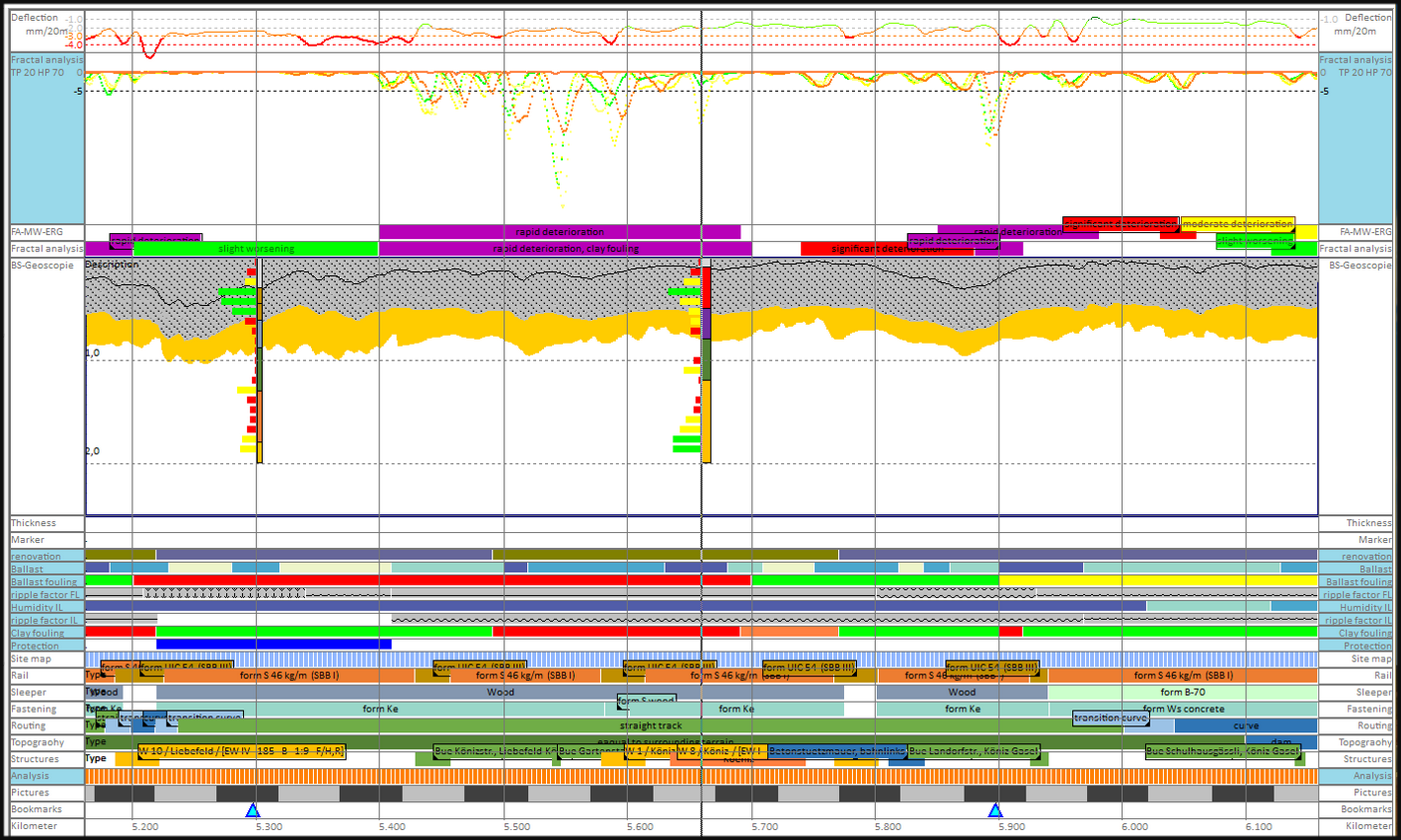KEEP IT SMART AND SIMPLE.
Today, process automation (“PA”) has made it from a former niche theme into daily life. Users are confronted with automated processes in almost every aspect of their daily lives, such as online banking, online check-in, online ordering. Nearly every petrol station and more and more supermarkets run self-service systems. It should be allowed to raise the question whether this trend can also raise potential in other companies?
But even if various providers are constantly showing positive news about the benefits and success of PA, the negative effects of automated business processes on companies and customers are often overlooked. PA providers propagate their solutions with mantra-like arguments and promises which focus on benefits and advantages, but some questions still remain unanswered: In which areas is process automation helpful, and, more importantly, what does it harm?

To answer that questions, the following areas should be considered:

In PA, consulting is as demanding as the solution itself (but cheaper). The risk of overshooting a process through PA and later on no longer being able to react as flexible to individual circumstances and to structure the business processes in a more difficult fashion than before, and to generate a remarkable cost increase through hyper complex links is a high risk and also endangers competitiveness.
Our mission is to enable the creative use of modern information technology in companies and to plan changes and to accompany their implementation. Based on our long-term experience in enterprise architecture management (EAM) and business process management (BPM), we advise national and international companies and authorities to acknowledge these risks.


